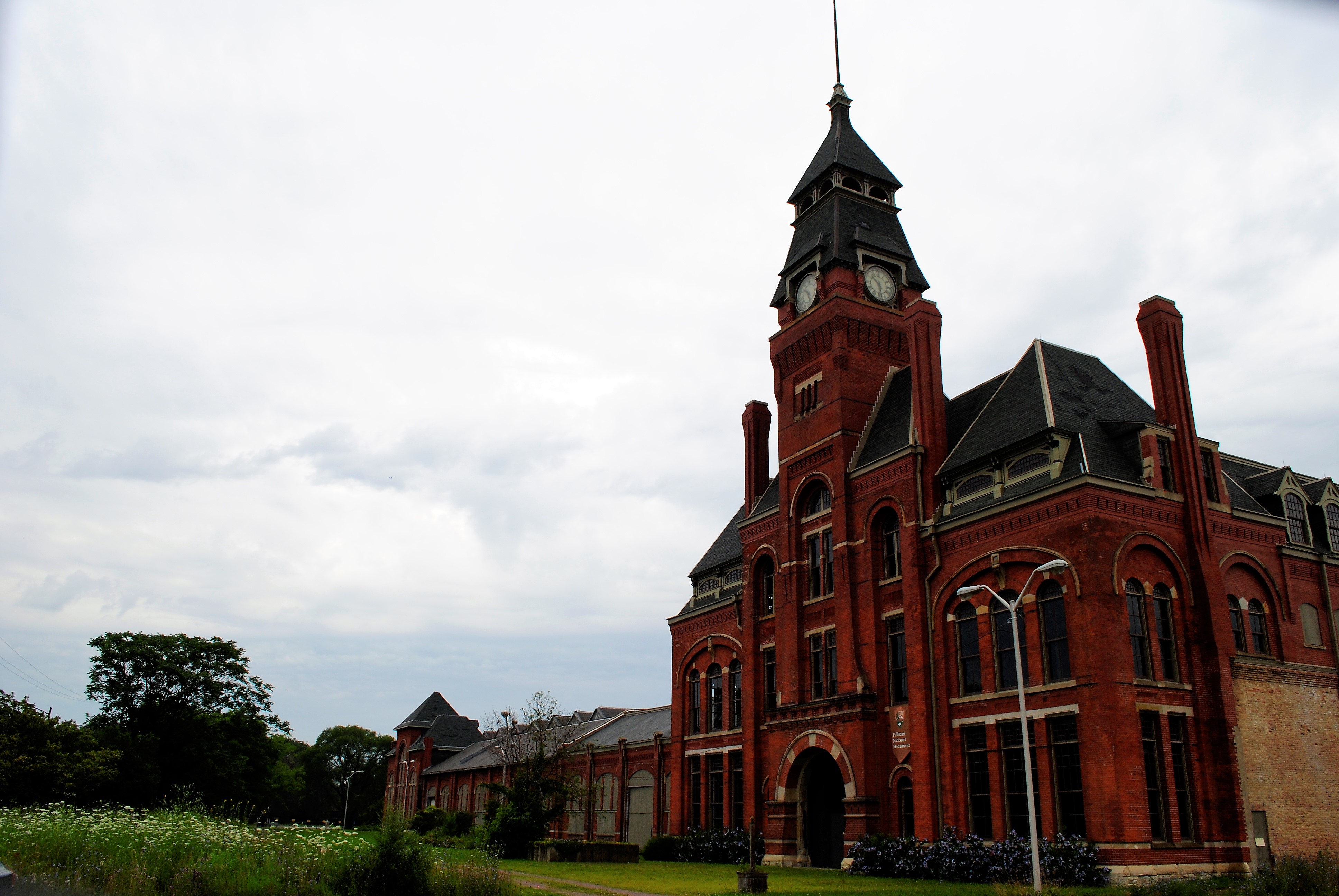Did You Know?
Pullman National Monument a catalyst for the far South Side

When it comes to national parks, bike lanes and bus stops can be just as important as hiking trails and hilltop lookouts.
With many of our national parks located in urban areas, improvements made to these park sites need to benefit local residents as well as park visitors. Chicago’s first national park, Pullman National Monument, tells unique stories of 19th century railroading and industry, urban planning and the labor movement, including the formation of the first African-American labor union.
Today, Pullman is serving as a catalyst for needed transportation investment on the far South Side.
Since the designation of Pullman National Monument in 2015, transportation investment in the community has been on the rise. Guided by the new Pullman Transportation Plan — which prioritizes walking, biking and taking public transit — new projects are improving public safety and access in the historic Pullman neighborhood and to the national park.
New bike lanes have been striped on Cottage Grove Avenue and 115th Street, adding connections within the community and to one of the South Side’s busiest commuter rail stations. Metra’s recent service changes have changed the confusing flag stops at 111th Street and doubled the amount of trains that stop in Pullman, while the Chicago Transit Authority has extended a bus route to service more of the South Side community.
But these are just the first projects recommended by the new plan, which spurs from an ambitious vision for Pullman aimed to enhance the park visitor experience while advancing important neighborhood improvement goals.
In the future, new bikeways could link Pullman with Big Marsh Bike Park and Lake Calumet. Renovated sidewalks, connected with a series of greenspaces, may create a seamless pathway to neighboring communities. And new transit infrastructure could even connect Pullman with Chicagoland’s nearby national park: Indiana Dunes National Lakeshore.
At the heart of all these improvements is Pullman National Monument. When combined with projects completed and underway, including a new National Park Service visitor center at the iconic clock tower expected to open in 2019, Pullman is set to become a more livable neighborhood and model urban national park.
National parks aren’t just remote natural areas, but are places throughout America that help connect us to our shared history. Pullman National Monument is ready to do much more than that by attracting more investment to Chicago’s far South Side and improving transportation for residents and visitors who come to learn and experience its important story.
This guest blog was authored by Colin Deverell, Midwest Program Manager for the National Parks Conservation Association.
To learn more about the National Parks Conservation Association and its work to protect and enhance national park in the Midwest, please visit www.npca.org and follow us online @NPCA; @NPCAPics; @NationalParks.
Photo Credit: © Thorsten Hillert for NPCA Pullman National Monument's historic clocktower building.
Make a Donation
Your tax-deductible donation supports the important work that Active Trans does throughout the region
